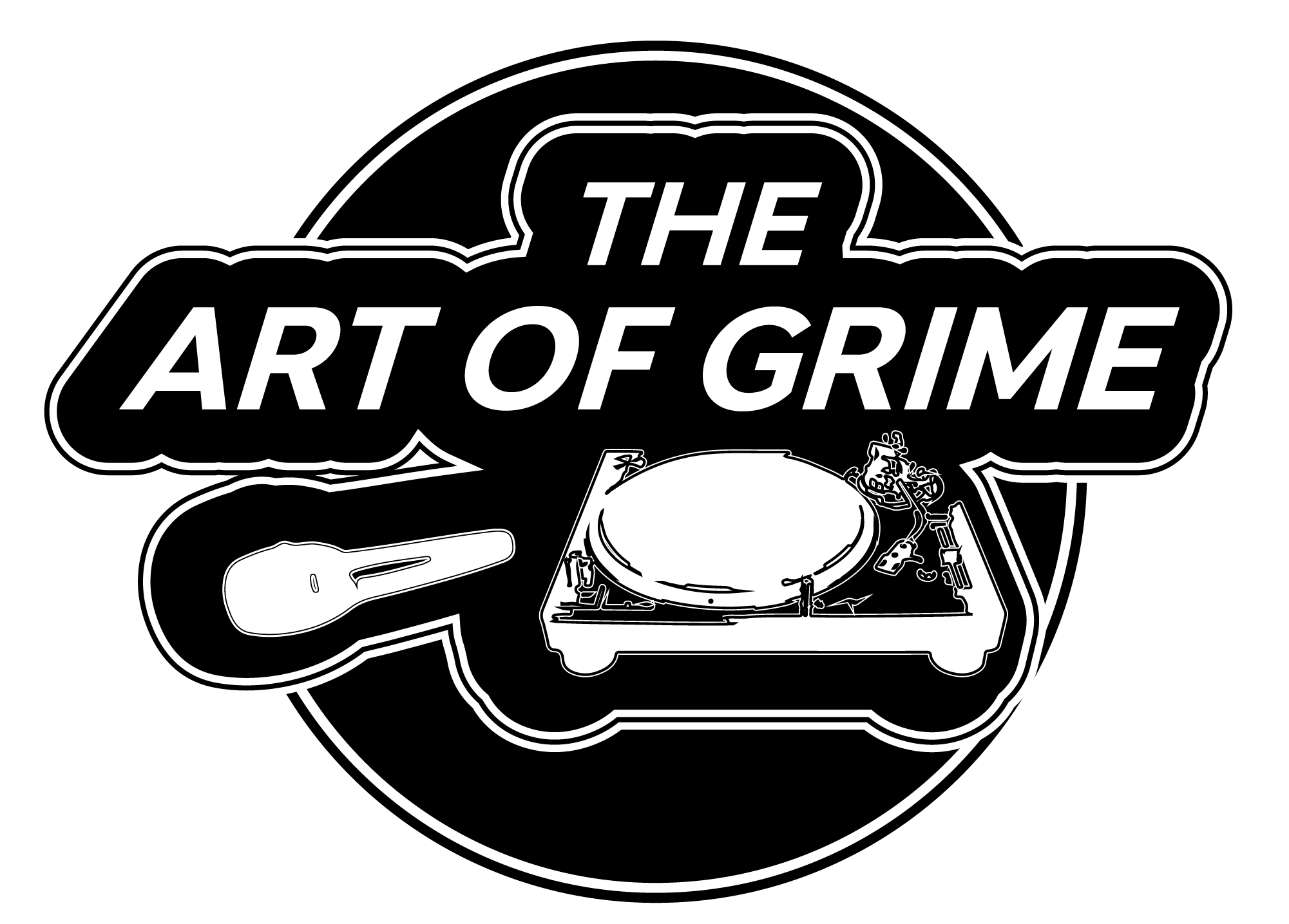Emcee and producer Blay Vision released ‘Cammy Riddim’ on 17th June. Alongside the instrumental release, he released his own version, and several emcees have followed suit, releasing singles via YouTube and bitesize freestyles on Twitter.
The version excursion involves multiple artists separately vocalling one instrumental. The format originated in Jamaica and has long been a popular way of releasing music in reggae, dub and dancehall. Barrow & Dalton 1997, 378 (as cited by Cole) state that a version is “another cut of a popular rhythm. This can be the vocal, deejay, instrumental or dub version, employing the same rhythm track as the original, or another producer’s recording of the rhythm”.
Grime artists adopted the format in the genre’s early years. ‘Ice Rink’, ‘Ghetto Kyote’, ‘Frontline’ and ‘Zumpi Hunter’ are just a few of the beats with numerous vocal versions. In recent years, ‘French Montana Riddim’, ‘Pepper Pot’ and ‘Haunted Joyride’ have been notable versions released digitally and on vinyl.
The version excursion provides grime artists with an independent infrastructure. In the case of ‘Cammy Riddim’, Blay put the instrumental up for sale on his Bandcamp page, meaning anyone can buy it and get to work. It’s a democratic way of collaboration. You don’t have to be friends with Blay personally to get hold of the beat, nor is it only reserved for a select few emcees. The artist relationship — no matter how distant — is at the forefront of the collaboration. They can use a platform like Bandcamp to supplement creation, rather than the platform dictating their creative process.
One thing about grime is that reputation or visibility doesn’t always matter if the talent is there. We don’t hear much from 140Aks when it comes to recorded output, but his version is a good tune, so an instrumental with a buzz around it gives an artist a chance to put something out and fans to enjoy their bars.
Similarly, a popular beat can bring lesser-known artists into focus. I hadn’t been familiar with Derby-based emcee KayGee before ‘Cammy Riddim’, but a quick search on Twitter led me to his teaser freestyle, and I liked what I was hearing. If the bars, flow and delivery are good enough, and the tune gets into the right places, an emcee with a smaller following can capture the attention of a bigger following. Some of grime’s brightest names built their reputation through accessible software and spaces; who’s to say ‘Cammy Riddim’ can’t give artists a boost in the modern era?
There’s room for fluidity in the distribution, too. ‘Cammy Riddim’s’ ease of access means that emcees can shoot a quick freestyle and post it to Twitter — like XP, Stretch DCM, and KayGee have done — or record a full-blown single like Blay, 140Aks, Grizzly and Manga Saint Hilare decided to do. Either approach is a win. If the recorded tune pops off, there’s a stone-cold piece of material for a setlist ready and waiting, and if the freestyle pops off, then an emcee can take it one step further and get in the booth.
The version format speaks to grime’s interpretative nature. How many times have you reloaded a set with different emcees flowing over the same beat? Every emcee navigates an instrumental differently, and with each version comes new ways to find the pockets, new flow patterns or new subject matter. In turn, the instrumental rises in popularity as emcees find new ways to express themselves atop it. Artists can’t release a new project every week, but alongside radio sets, singles and other content, the version excursion is an exciting format for everyone, and that’s why more of them can never be a bad thing for grime music.


2 thoughts on “Grime Music Benefits From More Version Excursions”